Photos from my visit to the Huron Artist Residency Collaboration, May 24-25, 2024, in Greenbush, Michigan.

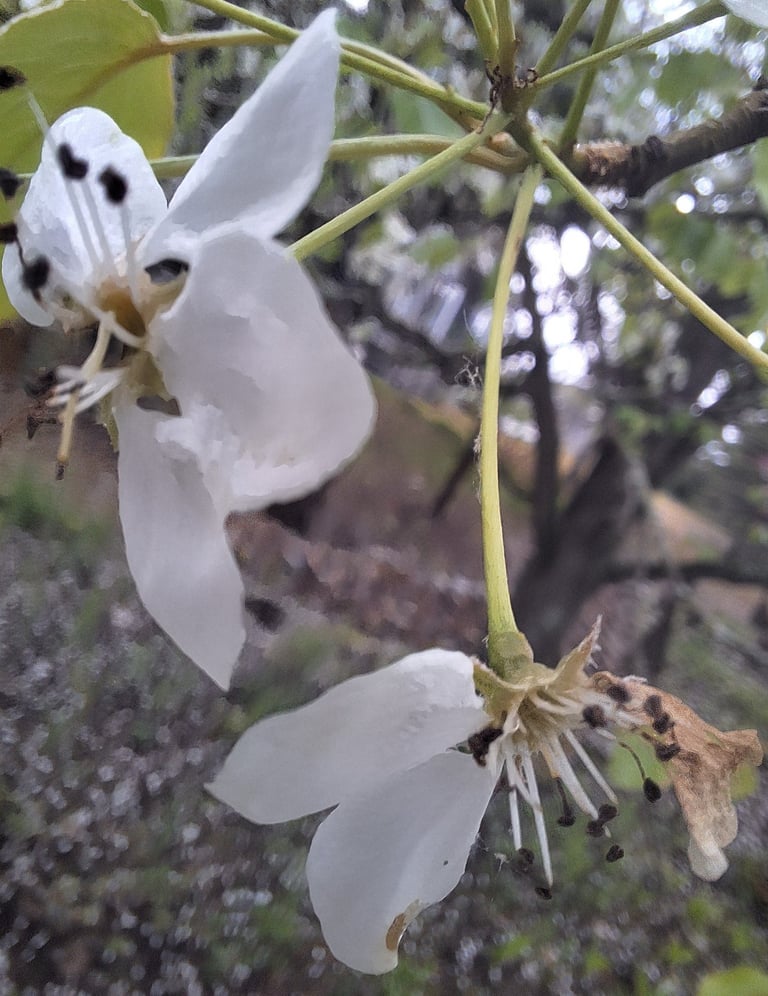
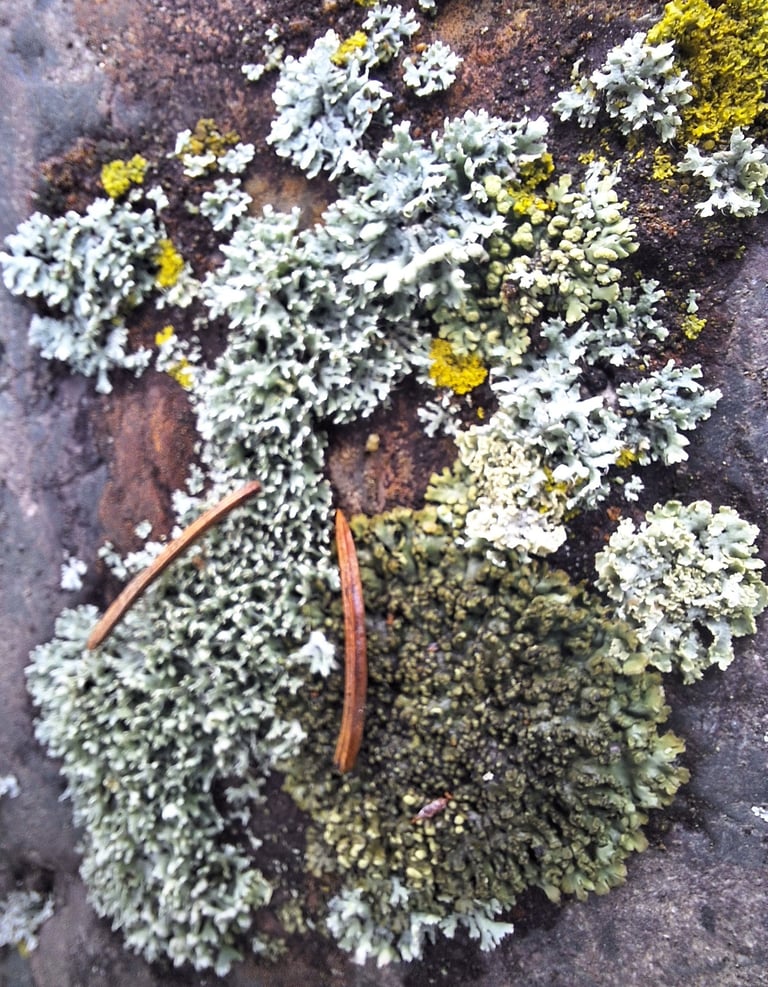

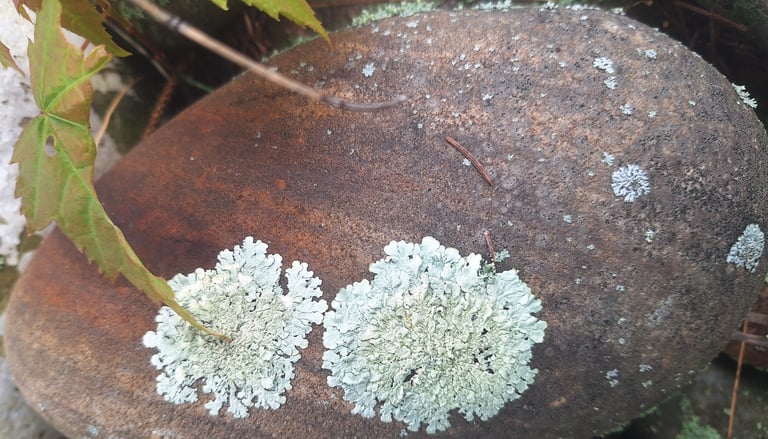


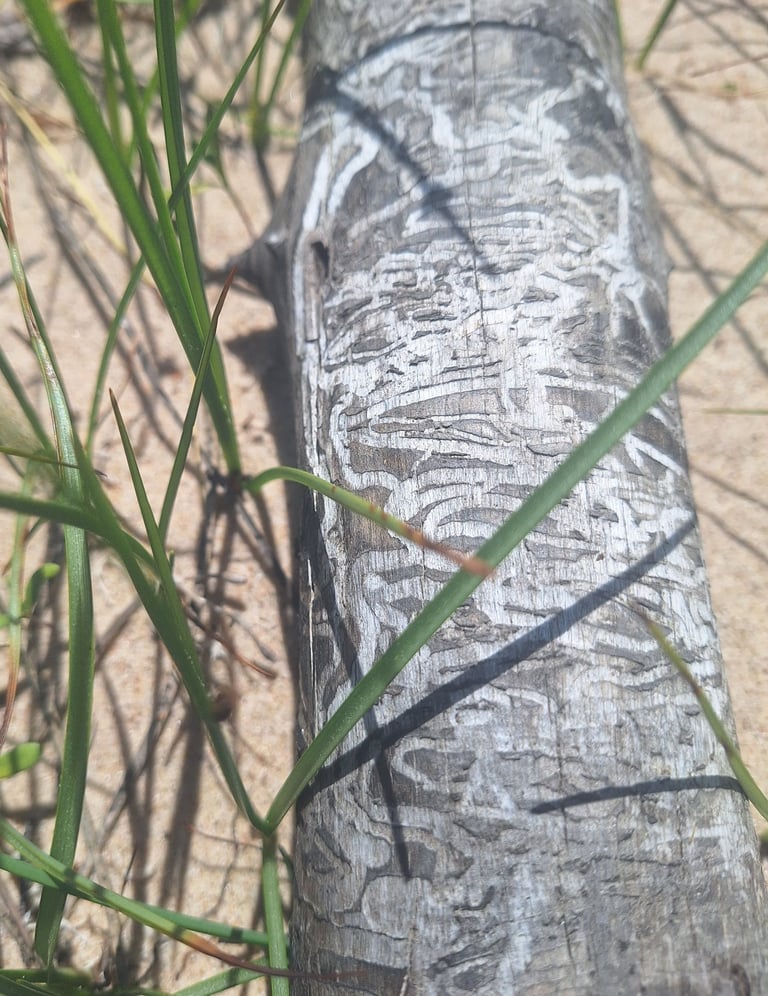
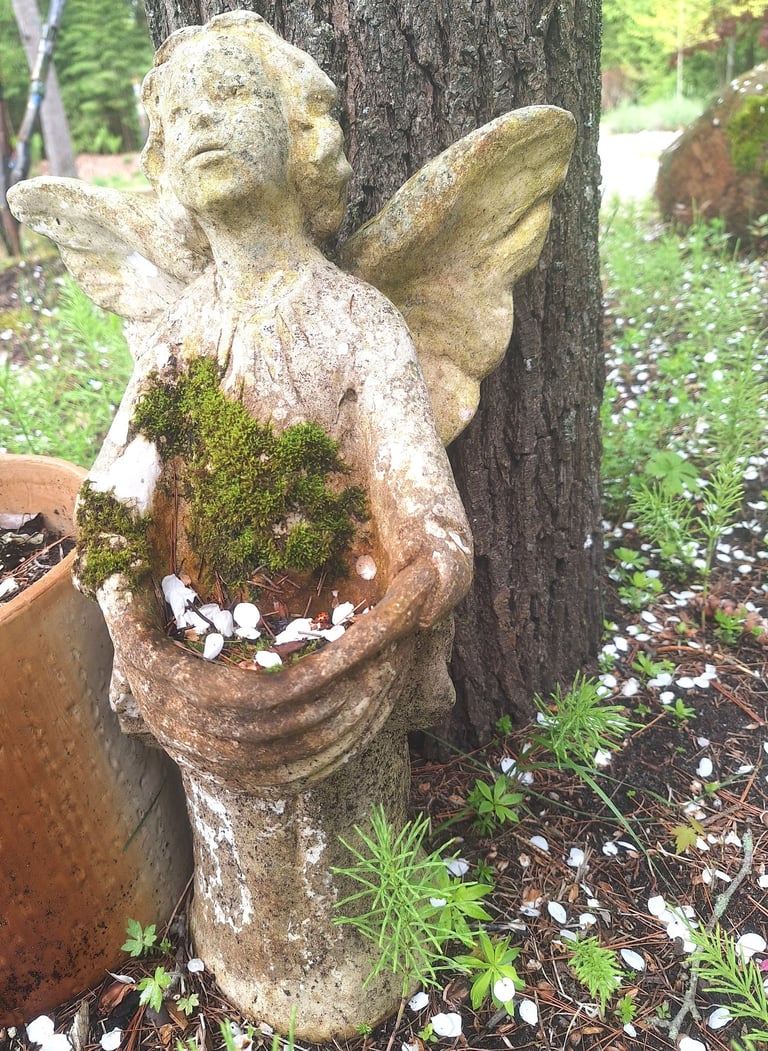

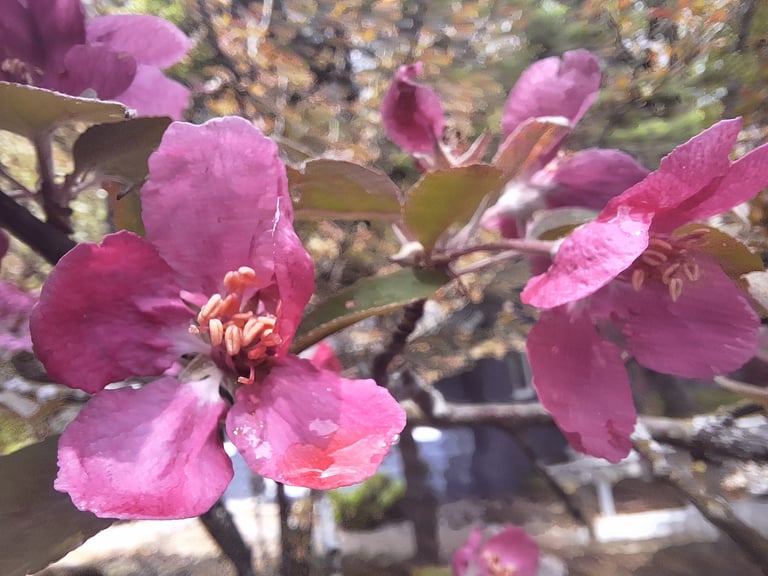


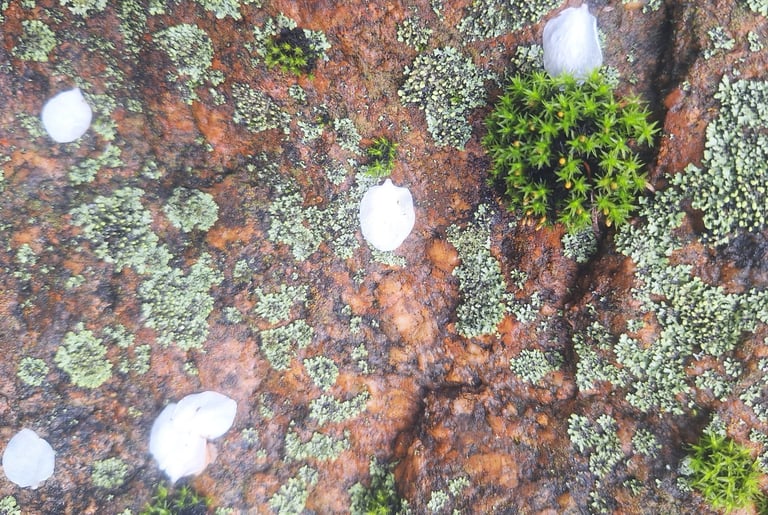
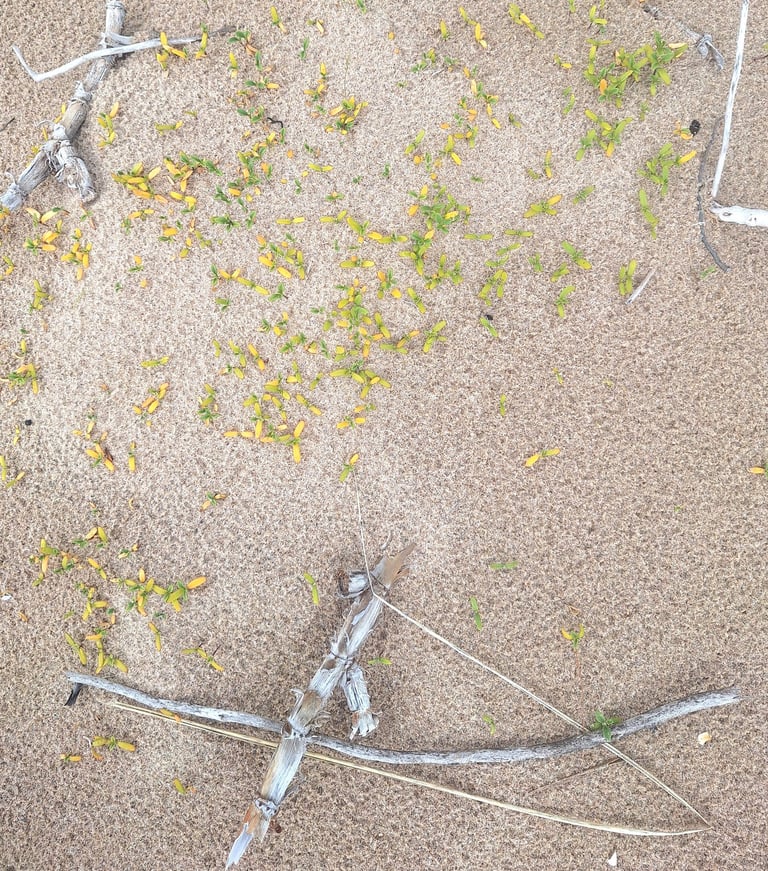















Inspiration Comes from Artist Philippa Stanton
How to combat burnout;
These small efforts are invigorating for creativity in some shape or form.
Plan and visit at least 3 different museums or galleries during the next month.
Draw something on a 3X5” index card or a “Post-It Note” every day for the next month.
Cook a meal that you have never cooked before---share it with someone, if possible.
Create and personalize a month’s calendar page. Write 1 word both every morning and every evening on each day.
Watch a documentary or read a book on a topic outside of your accustomed area of interest.
Enhance Your Observational Skills by Looking;
ABSTRACTING---a practice of visually defining objects by simplifying your view of their shape/form. A viewfinder is terrific for this practice.
MATCHING---a practice of looking out for objects, colors, patterns or shapes that visually match others, but are functionally completely different.
COLOR IDENTIFYING---a practice of identifying colors, particularly when at first glance you may not realize they are there.
PATTERN SPOTTING---a practice of consciously noticing and looking for patterns, no matter how random, abstract or farfetched.
JOY SPOTTING---Check out Ingrid Fetell Lee online! https://aestheticsofjoy.com/2019/06/27/joyspotting-101/
Exercises for you;
Look up and find 3 things you never noticed before
Look down and count the different number of surfaces that you walk/move on during your daily travels
Look straight ahead and notice how much you cannot see all around you
Look for shadows and contemplate their unlimited shapes and tones
Daily Practice of Taking a Walk
Decide first on your destination
Try walking for at least 30 minutes (no smartphones)
Take notice of everything around you
While you are walking think about why you like or dislike the area
Be mindful of your feet (or wheels) on the ground and your breath—how does the air feel?
If you can, allow yourself to touch, hear and smell what is all around you
Go back on the same walk, on a different day, and take photos of everything that interests you
View and contemplate these pictures from a week’s time---what do you observe in each photo? Similarities? Differences? A story line?
Organize your week’s observations into a record, journal, sketch or artwork
Abstract Design Practice;
Choose an uncomplicated abstract painting and recreate with objects and/or papers (with cut or torn edges) that match/echo its shapes, colors and composition. Look for several objects or papers that can create a similar look to the painting—experiment with placement of elements. How deeply does texture affect your designs? Notice various textures: smooth, scaly, rough, spiky, feathery, crumbly, furry, shiny, matt, leafy or ragged. Contemplate your resulting compositions and document your research with photos or sketches, if desired.
SOURCE: Conscious Creativity: look, connect, create by Philippa Stanton. London: Quarto Group, 2018. https://www.5ftinf.com